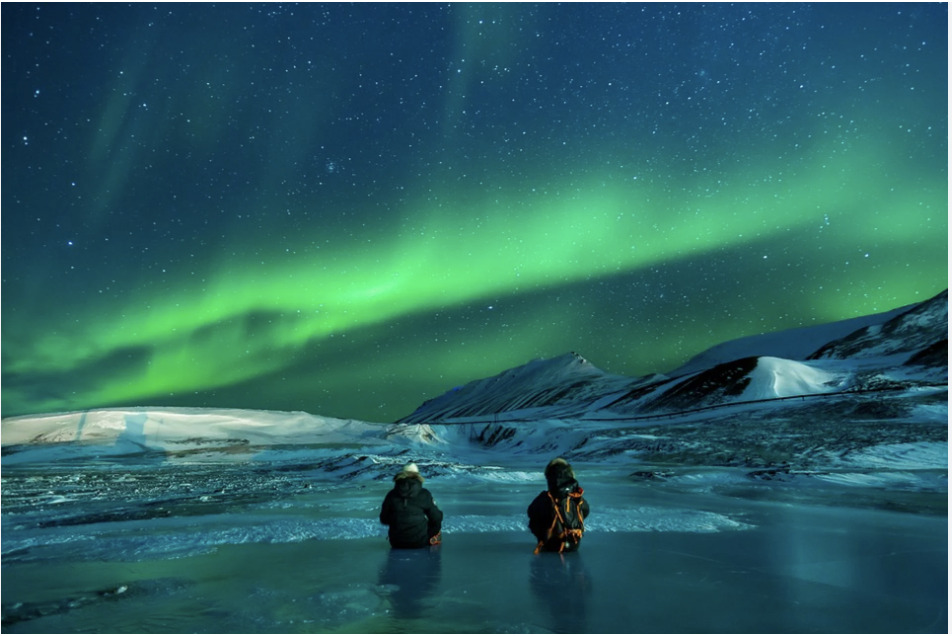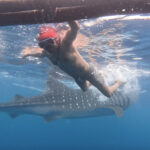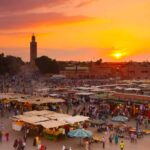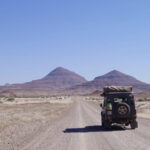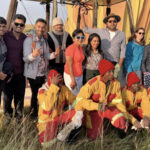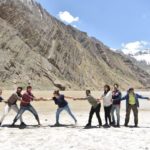SVALBARD in Sunny Winters
Svalbard is an archipelago in the Arctic Ocean. Its main town, Longyearbyen, sits at 78 degrees north, making it the northernmost year-round inhabited town on earth. It’s a jurisdiction of Norway but allows anyone of any nationality to live there so long as they can prove they have the means to support themselves.
March offers more sunlight than February but only a barely perceptible rise in temperature, with averages ranging between -20°C and -13°C. As Svalbard is only just coming out of winter at this time there is an average of 3.17 hours of daylight and pack ice has not started to melt away yet.
Itinerary :
Day 1: Longyearbyen
Day 2: Dog Sled Activity
Day 3: Camp Barentz (Camp with locals)
Day 4: Coal Mine Hike / Northern Light Hunt
Day 5: Fly back Home
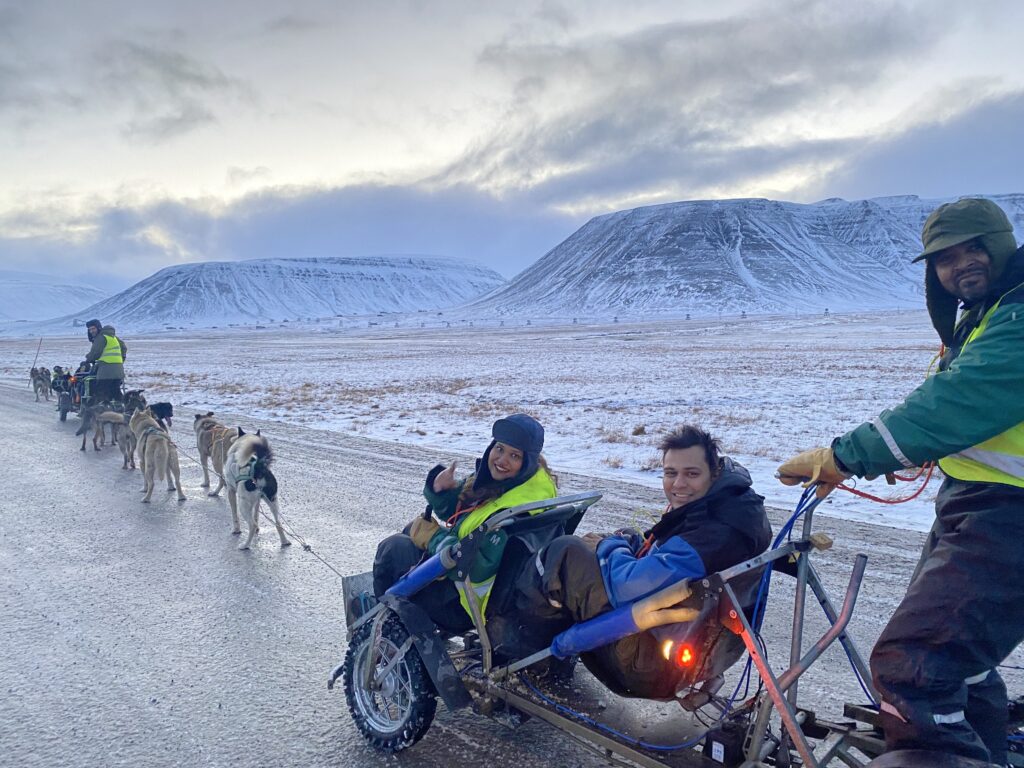
Day 1
Land in Longyearbyen (Svalbard), check in and settle down.
first, look at the town and visit the northernmost museum in the world. Explore the world town, which is nearest to the North Pole.
Day 2
After breakfast, we will be picked up for our next activity of dog sledging activity.
Dog Sled
Your guide will pick you up at your hotel and by car take you through beautiful Advent valley, to our wilderness kennel in Bolterdalen. Here you will change clothes and get a throughout briefing from the guide, before we harness the dogs and set off into the beautiful valley of Bolterdalen.
We are sledding in pairs and in front the guide will be mushing with two guests. We take turns in steering the slsedge, so all who wishes to steer can try it.
We are mushing next to the frozen riverbed, which is surrounded by majestic mountains. When we reach the morrain, the dogs will be excited going up and downhill and the fun will last all the way back to the kennel. Back at the kennel, we will meet the latest generation of puppies and the guide will offer hot drinks, warm waffles & brandy in our heated log cabin.
This is a wonderful trip for all, who wants to experience the beauty of Svalbard on a non-motorized mean of transport. No previous experience is needed.
Global Seed Vault or doomsday vault
Party in the town
Day 3
After breakfast, we will be picked up for our next activity
Camp Barentz
Camp Barentz boasts an amazing location at the foot of the mountain, Breinosa, right below Mine 7. One of the buildings at the camp, Barentz Hus, is a copy of the cabin that the discoverer of Svalbard, Willem Barentz, overwintered in on Novaya Zemlya in 1596. Here, far from town, you can take in the stunning Svalbard landscape. At Camp Barentz, we often see Svalbard reindeer, and even grouse and foxes if you are lucky. Our knowledgeable hosts are also on watch in case a polar bear should appear.
As we arrive at the cosy wooden cabins we will be met by the evening’s host. Good drinks and delicious homemade reindeer bidos will be served, together with campfire coffee and dessert. Welcome to a real Svalbard meal!
Day 4
After breakfast, we will be picked up for our next activity
Hike to Coal Mine
Join us for an exciting adventure, out of town, into the polar to feel the darkness and silence in Svalbard.
Start with pickup at the hotels and guesthouses in town before a short drive to the outside facility of Mine Number 3. On the way there, you will pass the world-renowned Global Seed Vault where over 1 million seeds from around the world are stored. The first seed bank on Svalbard was opened in Mine no. 3 in 1984. This is where the ideas to build the Global Seed Vault on Svalbard started — by storing seeds in the permafrost with no need for electricity. Enter the facility and explore maps over Longyearbyen and Svalbard. Enjoy a historic coal mine and listen to the stories and anecdotes of what was the last mine in town where thin-seam production was applied. Expect in-depth information about the town’s history and why some men decided to settle here some 100 years ago. A model of the mine is used to illustrate how the coal was extracted using thin-seam techniques. Walk through the workshops and see machines and equipment that was left behind when the mine was shut down in 1996. Put on a miner’s overall and crawl through a replica of a mining shaft and get a feeling of how a miner spent his days. Towards the end of the tour, discover the mine itself by walking 300 meters in and entering two different side tunnels.
Dinner in a Japanese Restaurant
Day 5
Fly back home or join us for Iceland
Package :
90000 INR p.p for hostels ((bunk beds) Or upgrade to private rooms in 110000 INR p.p
Includes
Stay in hostel
Breakfast
Airport to hostel transfers
Camp Bertnz
Dog Sledge
Coal Mine Hike
Excludes
Flight fare
Visa
Internal Flight
Snowmobile
Lunch/Dinner
Anything not mentioned in Includes
What is Svalbard?
Svalbard is a group of islands technically owned by Norway. Yet, they don’t operate as traditional territory since people from any nation of the world can come here to live and work visa-free.
The islands are fairly large (23,561 square meters) but are mostly uninhabited. The biggest city, the capital Longyearbyen, has just over 2,000 people.
Spitsbergen is the biggest island on Svalbard and is likely where you’ll be spending your visit (since the rest of the islands are so hard to get to).
What is Svalbard’s currency?
Since Svalbard is a part of Norway, they use the same Norwegian Krone as the mainland.
Who lives in Svalbard?
Since anyone can live and work in Svalbard visa-free, this isolated island is surprisingly diverse and is a place people from 50+ countries call home. Naturally, there are many Norwegians but there are also large groups of Russian, Ukrainian, Thai, Swedish, and German people.
What language do people in speak in Svalbard?
Officially, Norwegian. But as with the Norwegian mainland, everyone speaks English.


